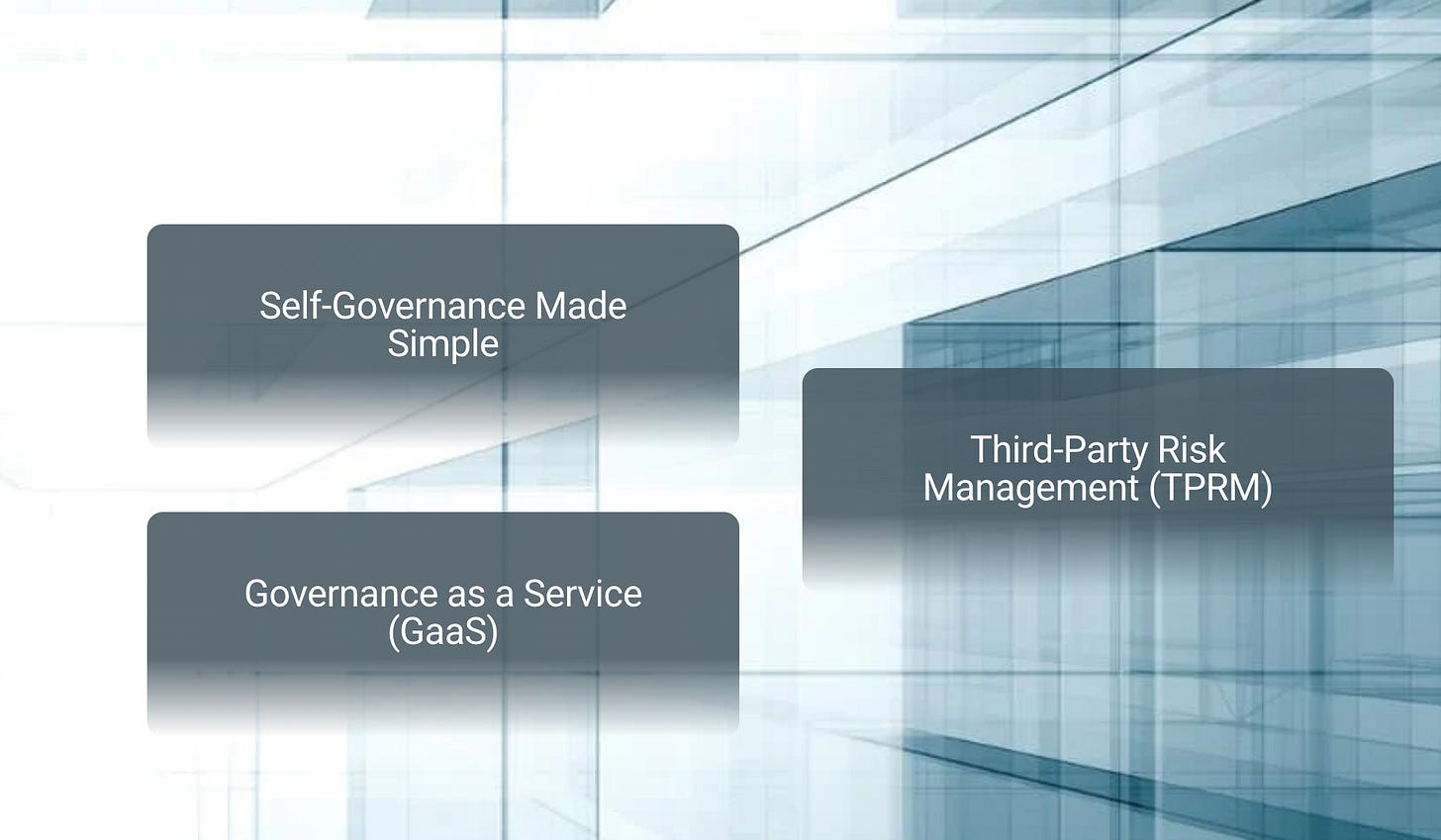Embracing the Importance of Data Security Posture Management (DSPM)
In today’s digital-first world, data is the lifeblood of every organization, including small and medium-sized businesses (SMBs). However, with the increasing adoption of cloud services, artificial intelligence (AI), and remote work environments, managing data security has become more complex. Data Security Posture Management (DSPM) is emerging as a critical solution for modern businesses to protect sensitive information, ensure compliance, and mitigate risks.
Why DSPM Matters for SMBs
Another critical benefit of DSPM is its ability to identify and mitigate risks proactively. It continuously monitors data access and usage patterns to detect vulnerabilities such as misconfigurations or over-permissive access controls. For SMBs operating with limited security resources, this proactive approach ensures that potential issues are addressed before they escalate into costly breaches.
DSPM also simplifies compliance efforts by mapping regulatory requirements to an organization’s data policies. For SMBs that must adhere to regulations like GDPR, HIPAA, or PCI DSS, DSPM automates many processes involved in audits and reporting. This reduces the burden on internal teams and ensures compliance gaps are identified and resolved efficiently.
From a financial perspective, DSPM offers cost efficiency by reducing the likelihood of data breaches. This provides an invaluable safeguard for SMBs that may struggle to recover from the economic and reputational damage caused by such incidents. Additionally, it enables secure collaboration by ensuring that sensitive data is only accessible to authorized users without disrupting workflows—an essential feature for businesses aiming to balance security with operational efficiency.
Comparison of Leading DSPM Tools
Here’s a summary of some notable DSPM tools, including Microsoft Purview and other competitors:
-
Microsoft Purview is a strong choice for organizations already embedded in the Microsoft ecosystem. It integrates seamlessly with Microsoft 365 and Azure environments and offers advanced features like insider risk management and dynamic reporting. However, its effectiveness diminishes for businesses outside the Microsoft ecosystem or those using non-Azure platforms.
-
Varonis DSPM excels in automated risk remediation and insider threat detection while supporting multi-cloud environments. Its robust capabilities make it a good fit for SMBs looking for a comprehensive solution. However, it less emphasizes cloud-native environments and may require hands-on setup expertise.
-
CloudDefense.AI offers real-time monitoring and robust compliance automation features that are scalable for growing businesses. While its capabilities are impressive, initial setup can be challenging for teams without specialized knowledge, and new users may experience a steep learning curve.
-
Prisma Cloud by Palo Alto Networks provides comprehensive support for cloud-native environments and includes prebuilt classifiers for identifying sensitive data. Despite its strengths, its high cost may be prohibitive for smaller organizations, and scanning performance can slow down in larger cloud systems.
-
Securiti DSPM is particularly well-suited for compliance-heavy industries due to its extensive support of regulatory frameworks. However, its feature-rich platform can be overwhelming for smaller teams, and more effective improvements could be made in scanning unstructured data.
How SMB Leaders Can Leverage DSPM
To successfully implement DSPM, SMB leaders should begin by conducting thorough discovery processes to identify all sensitive data across their organization’s environments. This includes structured data like databases and unstructured data stored in SaaS applications or cloud platforms. Understanding where sensitive information resides is the foundation of any effective DSPM strategy.
Once discovery is complete, leveraging AI-driven classification capabilities to categorize data based on sensitivity levels, such as personally identifiable information (PII) or protected health information (PHI) is crucial. Automating this process minimizes human error while ensuring consistent application of security policies across all environments.
Continuous monitoring should also be prioritized to detect real-time unauthorized access or suspicious activity. This proactive approach allows SMBs to respond quickly to potential threats before they escalate into significant incidents. Simultaneously, organizations must focus on aligning their data policies with relevant regulations using DSPM tools that offer automated compliance checks. This ensures that regulatory requirements are met without burdening internal teams.
Integration with existing tools is another key consideration when adopting DSPM solutions. Choosing a tool that works seamlessly with an organization’s current cybersecurity stack—such as CSPM tools for infrastructure security—can enhance overall efficiency and effectiveness. Finally, educating employees about secure data practices and how DSPM supports business resilience is critical to fostering a culture of security awareness within the organization.
Actionable Summary
Ultimately, SMBs must align their chosen DSPM solution with their business needs and industry requirements while prioritizing ease of integration with existing systems. Through careful planning and execution, DSPM can safeguard your most valuable asset—data—while enabling your business to thrive in an increasingly competitive digital landscape.
Partner Shoutout: Omnistruct
Your Outsourced Risk Management Leadership
ELEVATE YOUR CYBERSECURITY WITH OMNISTRUCT’S PROVEN SERVICES.
Achieve top-notch data and privacy security for a fraction of the cost of creating an in-house team. We can expedite compliance, minimize risks, and enable you to concentrate on what you do best.


